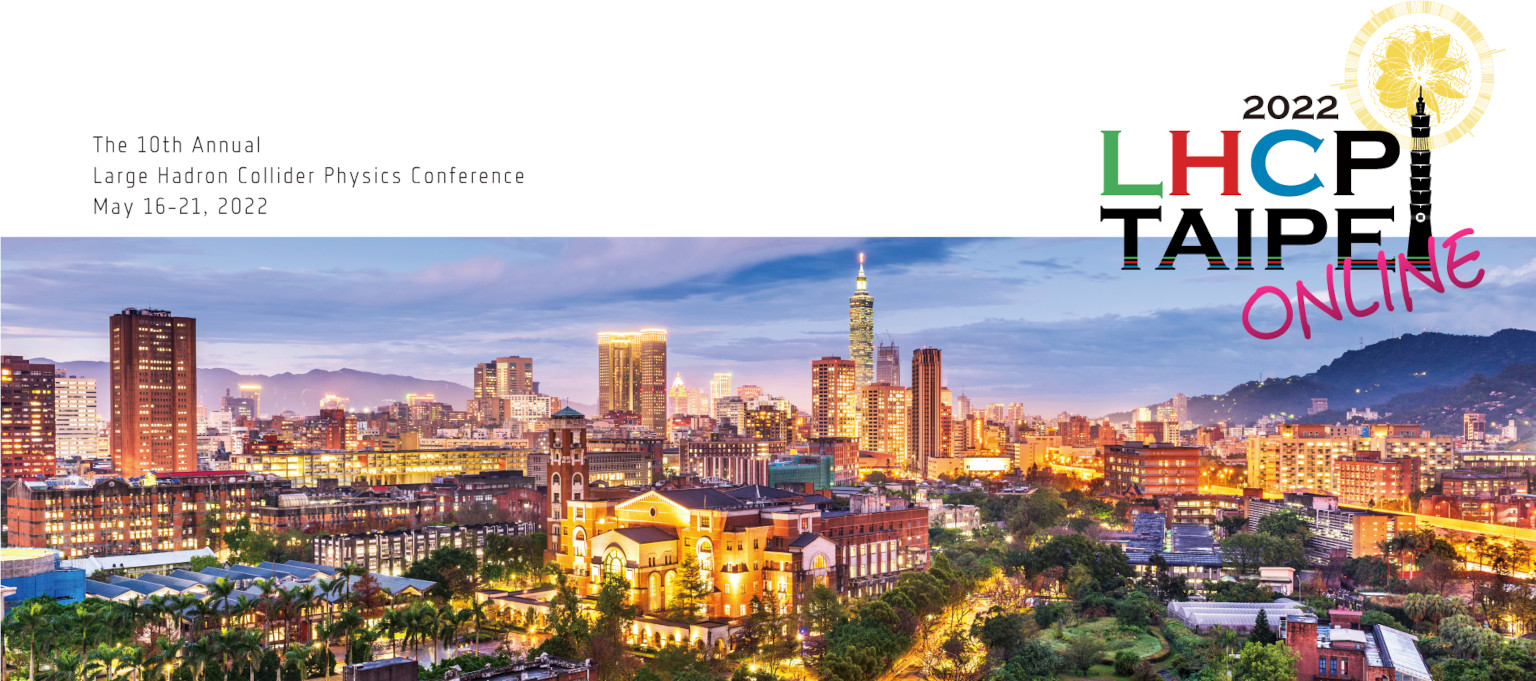Speaker
Description
Color-reconnection (CR) mechanism used in PYTHIA8 has been reported to describe collective-like effects in small systems, such as mass-dependent growth in $\langle {\textit{p}_{\rm T}} \rangle$ as a function of multiplicity, enhanced baryon production over meson at intermediate ${\textit{p}_{\rm T}}$, etc., similar to those observed in heavy-ion collisions. Color-reconnection (CR) and rope-hadronization (RH) development in PYTHIA8 have aided in a better understanding of the small system. We measure charge-independent (CI) and charge-dependent (CD) two-particle differential number correlation functions, $\rm{R_2}{\left( \Delta \eta, \Delta \varphi \right)}$, and transverse momentum correlation functions, $\rm{P_2} {\left( \Delta \eta, \Delta \varphi \right)}$, of charged particles produced in ${pp}$ collisions at the LHC centre-of-mass energies ${\sqrt{\textit{s}}}$ = 2.76 TeV, 7 TeV and 13 TeV with the PYTHIA8 model. For inclusive charged hadrons ($h^\pm$) in three distinct transverse momentum ($\textit{p}_{\rm T}$) ranges, PYTHIA8 predictions for $\rm{R_2}$ and $\rm{P_2}$ correlation functions with full azimuthal coverage in the pseudorapidity range $|\eta| < 1.0$ are shown. The strengths and shapes of $\rm{R_2}$ and $\rm{P_2}$ correlation functions are reported for various combinations of CR and RH to study particle production mechanisms in small systems. Additionally, for a better understanding of angular ordering and jet properties implemented in the PYTHIA8 model, ${\Delta \eta}$ and ${\Delta \varphi}$ dependence of $\rm{R_2}$ and $\rm{P_2}$ are compared. The evolution of near-side width of these correlation functions for different transverse momentum and energies is shown.
